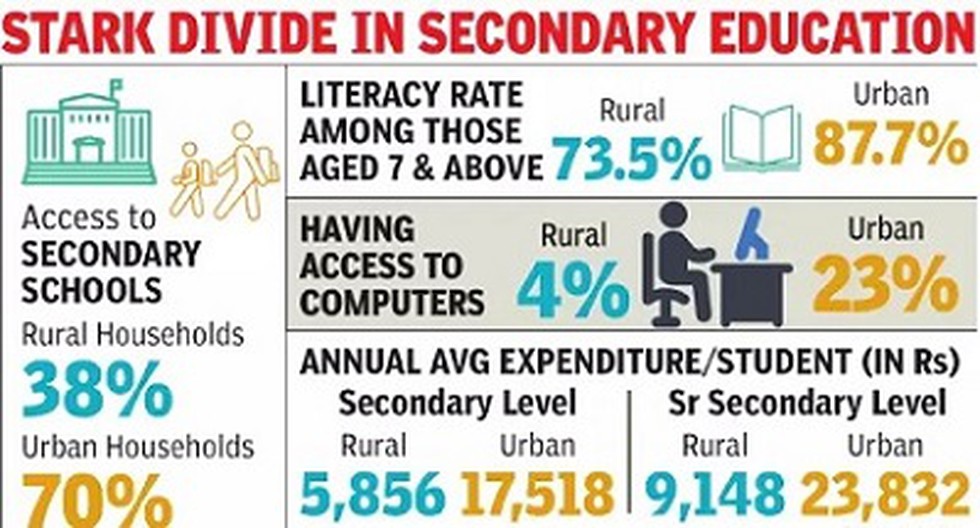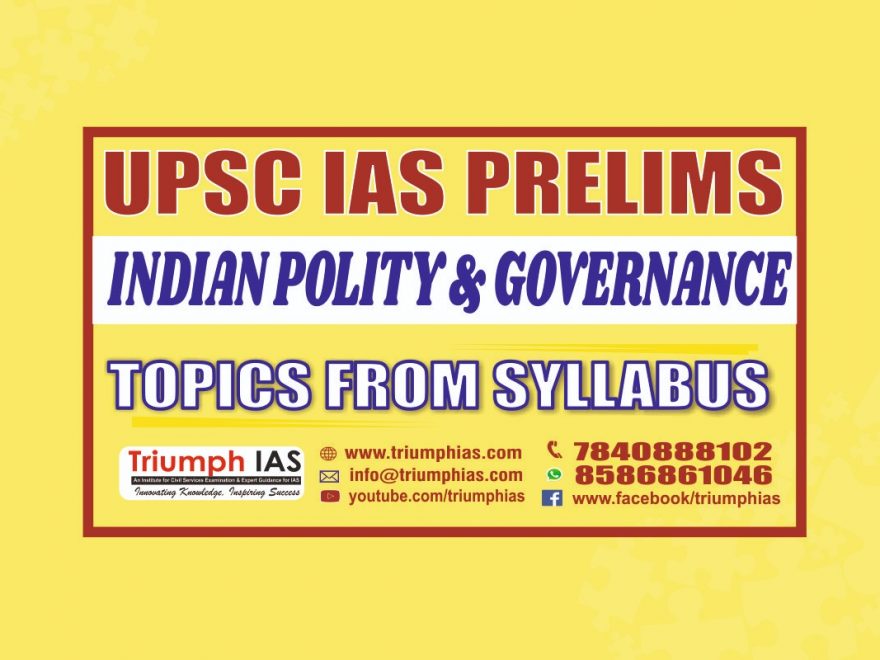Relevance: Prelims: Governance
Why In News?
Recently, the National Statistical Office (NSO) released the “Household Social Consumption: Education” report.
Highlights of the report:

- Sample size of the survey- A survey of 1.13 lakh households spread across over 8,000 villages and 6,000 urban blocks was undertaken between July 2017 and June 2018.
- The study involved 1.52 lakh students across different levels of study.
- Accessibility to Schools- 92.7% of the rural households have a primary school within 1 km as compared to 87.2% in urban areas.
- 38% of the rural household have access to secondary school as compared to 70% in the urban areas.
- Neighbourhood school at primary level is accessible in rural areas and the gross attendance ratio is also nearly 100% of boys and girls in rural as well as urban areas, which is a satisfactory trend.
- There is a gap of accessibility at the secondary level between rural and urban settings.
- Digital Divides-The digital divide between rural and urban households is huge and only 4% of the rural population has access to computers.
- 15% of the surveyed population in the rural cluster has internet access and 42% of the surveyed population in the urban areas have access to the internet.
- 24% of the persons between aged 15-29 years in rural areas are able to operate a computer as compared to 56% of the same age bracket of the urban population.
- Expenditure Divides-Annual average expenditure per student at secondary and senior secondary level in a rural household stands at Rs 5,856 and Rs 9,148 respectively and in urban households for the same classes expenditure stands at Rs 17,518 and Rs 23,832 respectively.
- The average expenditure per student during an academic session for basic courses was nearly Rs 8,331 for general courses, Rs 50,307 for technical and professional courses.
- Preference for Private and Public institutions- The majority of the urban households had shown a preference for private schools, and it’s opposite for rural households as they prefer government schools.
- 76.1% of the rural children are attending a primary and middle school run by the government, and only 38% of the urban children are attending government schools.
- For graduate and above studies, 49.7% of rural students are attending classes in government institutions as compared to 41% of the urban counterparts in government institutions.
About National Statistical Office (NSO):
- It coordinates the statistical activities in the country and evolves statistical standards and is responsible for the conduct of large scale sample surveys in diverse fields on All India basis.
- It is under the Ministry of Statistics and Programme Implementation and is headed by a Director-General assisted by 5 Additional Director Generals.
- It has five divisions namely National Accounts Division (NAD), Social Statistics Division (SSD), Economic Statistics Division (ESD), Coordination and Publications Division (CAP) and Training Division.
For more such notes, Articles, News & Views Join our Telegram Channel.
Click the link below to see the details about the UPSC –Civils courses offered by Triumph IAS. https://triumphias.com/pages-all-courses.php

